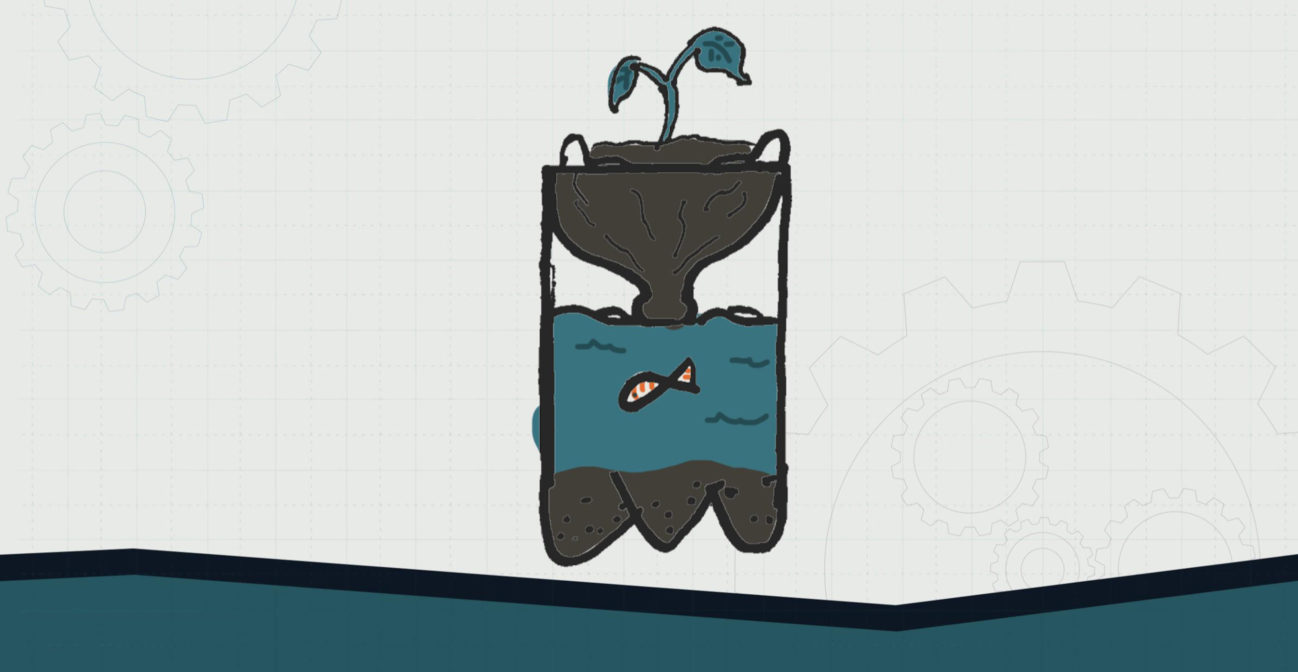Join us for conversations that inspire, recognize, and encourage innovation and best practices in the education profession.
Available on Apple Podcasts, Spotify, Google Podcasts, and more.

ELEMENTARY SCHOOL — LEVEL 3
An ecosystem is a community of organisms living within the same environment. For this project, kids will build a thriving ecosystem they can put in the window at home. Add a little fishy friend and this project relies on you daily to keep the ecosystem healthy and balanced.
MATERIALS NEEDED:
❏ Empty pop bottle
❏ Potting soil
❏ Aquarium rocks
❏ Small fish
❏ Small plant
❏ Coffee filters
DIRECTIONS:
OBJECTIVE: Kids will be able to conduct observations from experimentation and literature to identify patterns in what living things need to live.
ESSENTIAL QUESTION(S):
1. Create the pop bottle ecosystem with your child.
2. Set up a plant without water.
3. Observe your ecosystem and plant without water for several days.
a. Feed fish daily;
b. Water for plant should come from the fish area;
c. Should be placed in a well-lit window in a temperature-controlled area.
1. Ask child to identify patterns from their daily observations:
a. Of the plant?
b. Of the fish?
2. Read books and ask questions about the topic.
a. Potential literature
i. How a Seed Grows, Helene J. Jordan
ii. Cactus Hotel, Brenda Z. Guiberson
iii. What’s Alive?, Kathleen Weidner Zoehfeld
iv. I Am a Living Thing, Bobbie Kalman
b. Ask child what living things need:
i. Animals?
ii. Plants?
1. Have child complete the “What Do Living Things Need” worksheets.
a. Support them with cutting, pasting, and reasoning.
NGSS CONNECTION:
K-LS1-1. Use observations to describe patterns of what plants and animals (including humans) need to survive.
COMMON CORE CONNECTION:
ELA/Literacy
W.K.7 Participate in shared research and writing projects (e.g. explore a number of books by a favorite author and express opinions about them).
K.MD.A.2 Directly compare two objects with a measurable attribute in common, to see which object has “more of”/”less of” the attribute, and describe the difference.
MP.2 Reason abstractly and quantitatively.
MP.4 Model with mathematics.
MP.5 Use appropriate tools strategically.
DOK:
Level 3: Strategic Thinking
Level 4: Extended Thinking